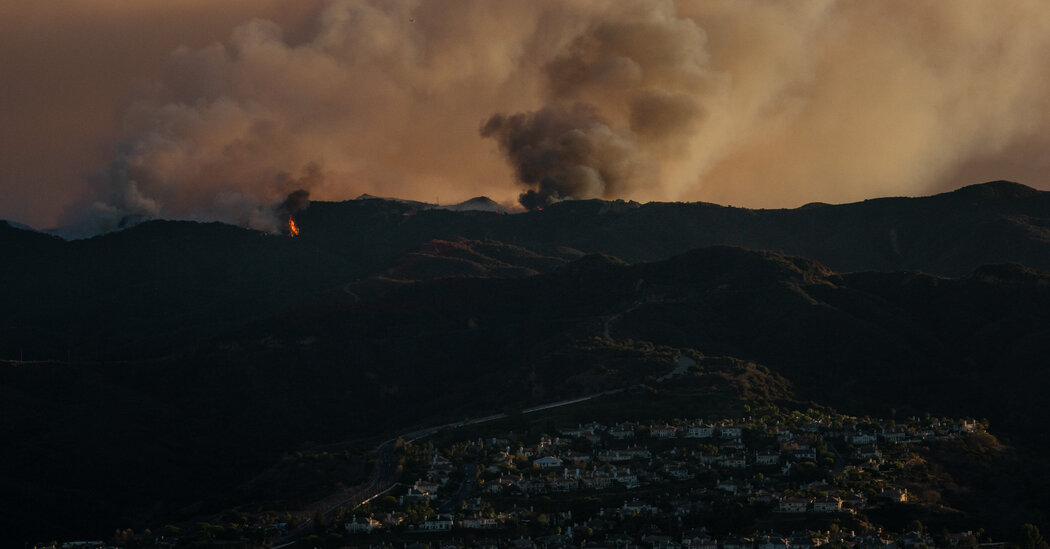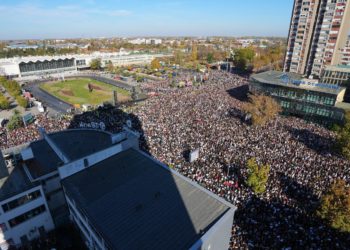Even before the devastating wildfires that ravaged Los Angeles this year, companies that insure the ever-growing number of homes perched in California’s fire-prone foothills were threatening to abandon the state, declaring that the risks were becoming unsupportable.
The prospect of uninsurable homes was an existential threat for the state. A collapse in its $446 billion real estate economy would bring California to its knees. Gov. Gavin Newsom’s administration went into crisis negotiations with the insurance industry, and emerged in September 2023, with what was billed as an “historic” compromise, one that would reward insurers with higher rates in exchange for protecting homeowners in neighborhoods that climate change was turning into tinder boxes.
The central promise was that insurers would have to write policies in fire-prone areas at a rate equal to at least 85 percent of their market share across the state. But a New York Times investigation has found that a series of loopholes quietly negotiated by the insurance industry all but eliminated that guarantee.
Vast swaths of the designated areas where insurers must write new policies do not in fact overlap with areas that California’s state fire marshal deems to be the most fire-prone, the investigation found, meaning that insurers can load up on coverage in areas the state considers to be safer and still qualify to charge higher rates.
As a result, insurance companies will be able to raise rates and offload billions of dollars in costs and liabilities to ratepayers while taking on few, if any, new customers in high fire-risk areas.
The post California Promised Insurance Relief, But Delivered Loopholes appeared first on New York Times.




